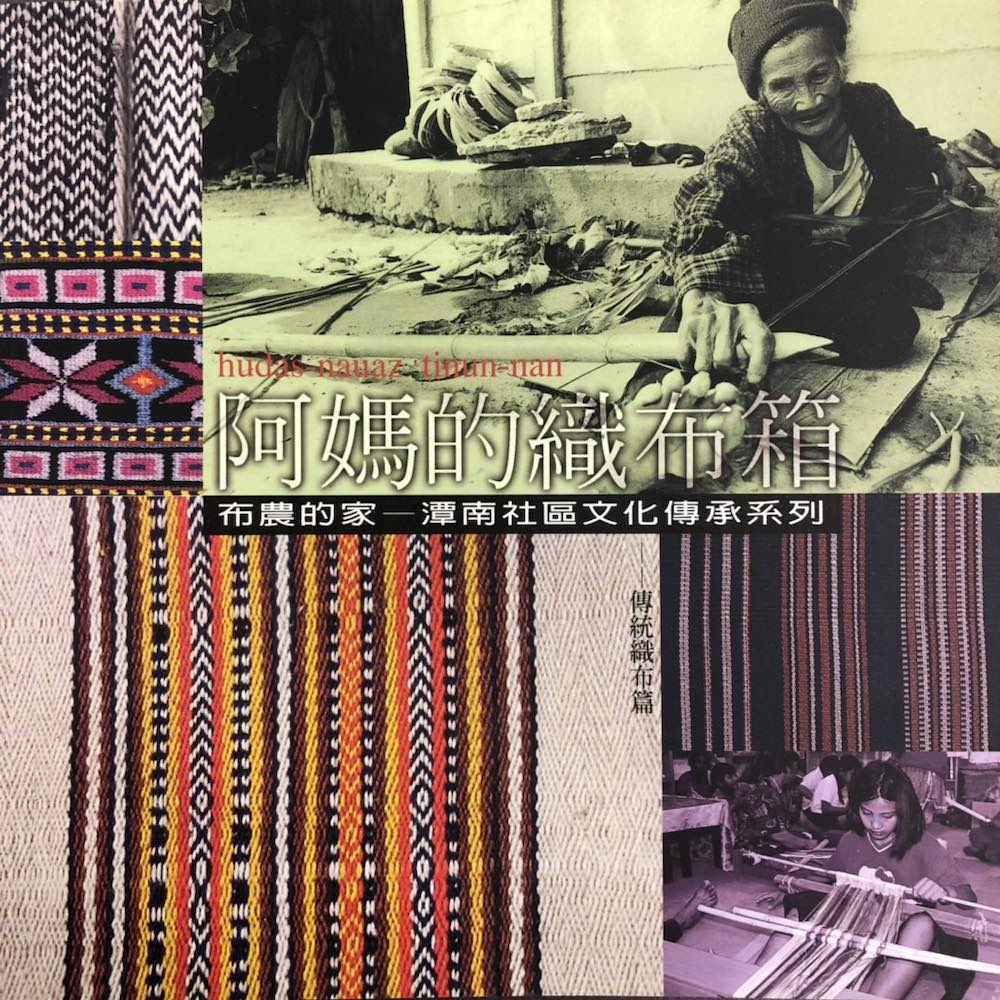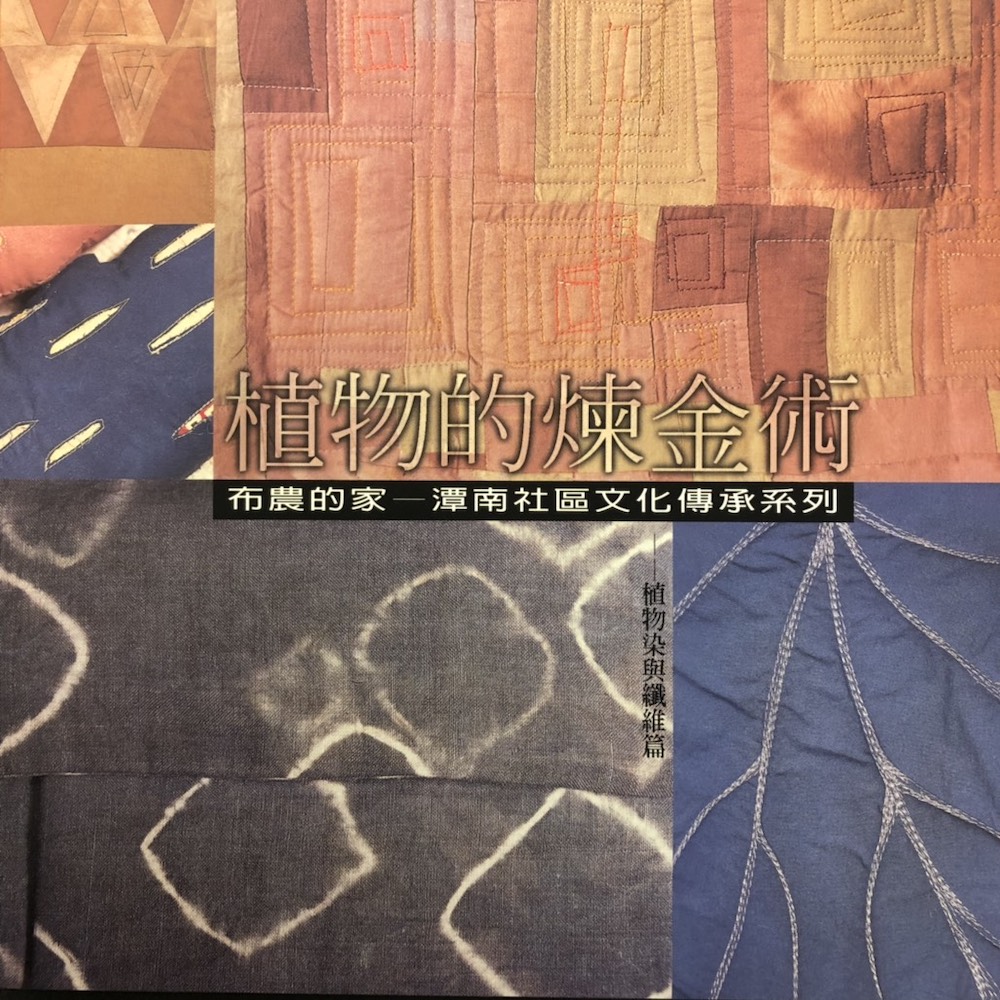Tannan Elementary School Reconstruction Project
On September 21, 1999, a M7.3 earthquake caused extensive damage to many communities in Taiwan. After assessing the reconstruction needs of the affected areas, the Hao Ran Foundation began to assist in the rebuilding of Tannan Elementary School, located near Sun Moon Lake, in Nantou County. Hao Ran’s goal was not just to rebuild the school, but also to facilitate the development of an educational environment reflective of the local community and culture.
The most crucial aspect of the reconstruction plan was the involvement of local residents in determining which parts of the design were culturally important to this community. Villagers were invited to review the concept and monitor the reconstruction process, and also attended a discussion to voice their opinions. The children’s ideas for the school were also taken into consideration.
The proposal of local architect Le-Ching Chiang was chosen for its provision of a more open space for teachers and students – a space that would also make community residents feel welcome. The design of the school buildings reflects the culture of the indigenous Bunun tribe. This can be seen, for example, in the decision to design the library – a repository of knowledge – to resemble a traditional granary. The library’s location, at the building’s center, was chosen to reflect the granary’s traditional position at the heart of the home.
In addition to rebuilding the school, Hao Ran planned and sponsored a community cultural heritage project for the Tannan area. This project supported the publication of a series of educational materials about local ecology, traditional weaving and dyeing methods, and the construction skills of the local Bunun. These educational materials in turn have helped to revive interest in fading traditional techniques, which are now once again enriching local culture and creating new economic opportunities.
Tannan Elementary School Project Publications
As part of the project to rebuild Tannan Elementary School, the Hao Ran Foundation helped produce a series of texts to support the integration of traditional Bunun culture into school and community education programs. These books play an integral role in incorporating local history and culture into the Tannan education system.

Forest Notes

Grandmother’s Weaving Box
Designed for Bunun children, this book blends traditional songs and history – in both Bunun and Chinese – to paint a picture of Bunun clothing and weaving practices. Supplemented with fascinating snippets of mythology, each unit explores one of the many skills involved in Bunun textile production, from dyeing, weaving, and knitting, to designing and making jewelry.

A New Home for Ba Hin and Qa Vu Tadh
As told by brothers Ba Hin and Qa Vu Tadh, this is the story of a Bunun family that decides to relocate and build a new home. The book introduces various considerations in making a traditional Bunun house, including collecting building materials from the forest, the house’s visual aspect, and the significance of each part of the home.

House Revival
In the two years following the 9/21 earthquake in 1999, rebuilding efforts across Taiwan took many different approaches. This text provides a record of post-quake conditions in a local village, and the reconstruction efforts made following the disaster. During the rebuilding, much consideration was given to traditional building practices and rituals. This is a sociological and anthropological text as much as it is an architectural one, with ample focus on the tribe’s efforts to preserve tradition and culture.
